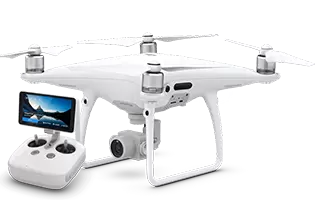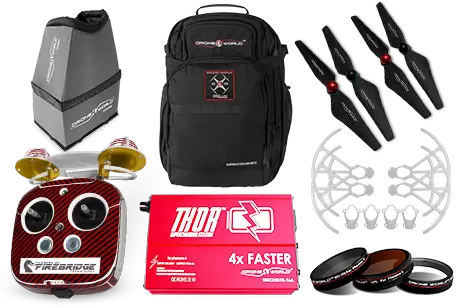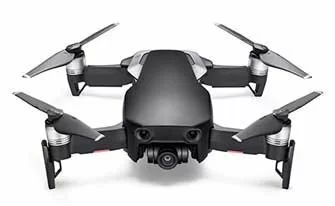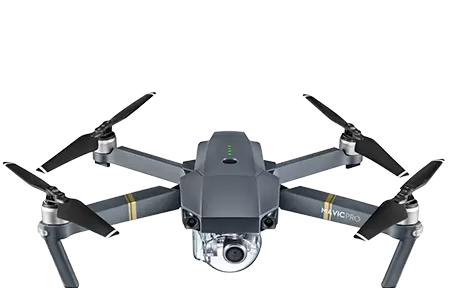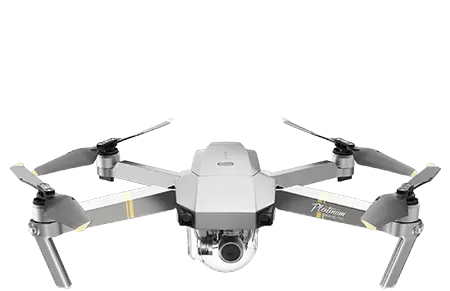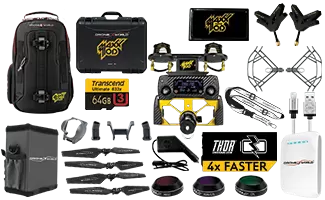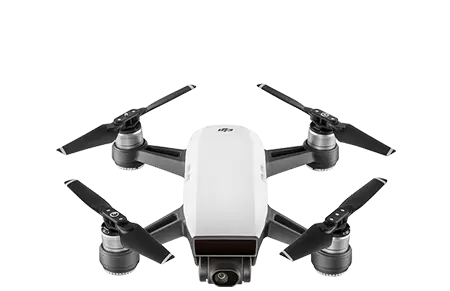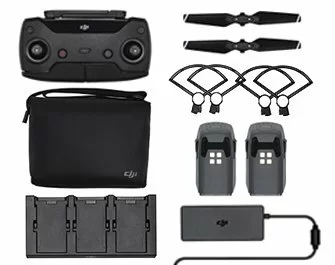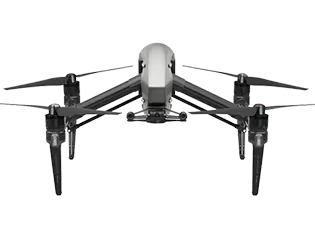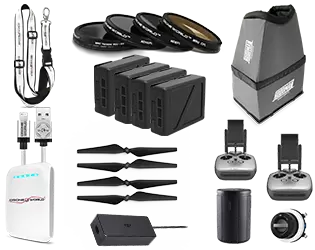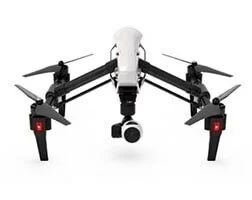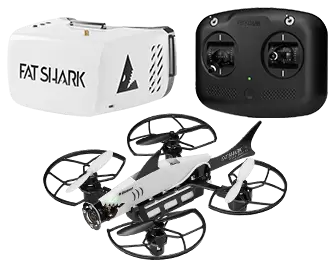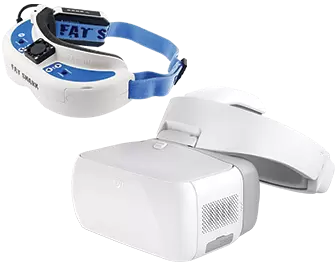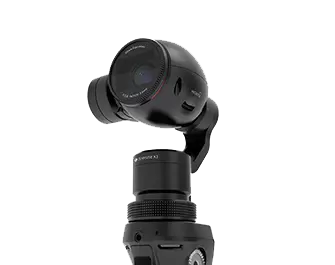DJI Phantom 4 vs Yuneeq Typhoon H

The DJI Phantom 4 and Yuneec Typhoon H are the two most anticipated consumer aerial drones of 2016. Each drone comes from a leading manufacturer and promises breakthrough technology, especially in autonomy. But how do they stack up against each other? Is the Typhoon H the contender to finally knock the Phantom down a peg?
Companies
DJI and Yuneec are both Chinese corporations with global reach. Dà-Jiāng Innovations (DJI), founded by Frank Wang, started up in 2006 and dominates the consumer drone market. DJI builds at least four major series of drones, including the Inspite 1 quadcopter, but is best-known for its affordable Phantom series. Yuneec, founded in Hong Kong in 1999, develops manned and unmanned aircraft. The Typhoon is Yuneec’s best-selling series of drone. Yuneec garnered buzz when Intel invested $60,000,000 in Yuneec last year.
Contenders
DJI's Phantom 4 is a quadcopter (four rotors) with fixed legs (landing gear). The Phantom 4 uses multiple sensors in conjunction with satellite nav to track subjects, maneuver around obstacles, and reach destinations with the tap of a finger. Yuneec’s Typhoon H is a hexacopter (six rotors) with retractable legs and a 360-degree camera. This latest Yuneec drone debuted back in January and is supposed to hit stores in April at a retail price of $1,300. Yuneec reports that the Typhoon H has sensory and avoidance features.
Camera & Streaming
Both drones include non-detachable 4K, 12 MP cameras connected to three-axis gimbals. Both also transmit 720p HD video from over a mile away, with the Phantom 4 sends its signal up to 3 miles. The optional Phantom 4 Range Extender pushes signal range (at low altitude) to a maximum of 5 miles. It's unclear how far the Typhoon H will push.
Performance
Here’s an area with a glaring difference. The Typhoon H can reach a top speed of 22 MPH. That’s well below the Phantom 4 top speed of 45 MPH and even the Phantom 3 top speed of 35 MPH. Even tougher, expert pilots have pushed the Phantom 4 top speed past 60 MPH, thanks to the Phantom 4 Sport Mode and tailwinds. The Yuneec's slower speed may have to do with the extra pound the Typhoon H brings in over the Phantom 4. And no word on a sport mode, which we don't imagine will happen given the size and two extra rotors.
Avoidance and Tracking
The Phantom 4 and Typhoon H both feature advanced tracking and collision avoidance technology. It’s too early to determine how effective the Typhoon H’s avoidance and tracking systems are. Early impressions from 2015 showed promise, but the Phantom 4 has since set a new standard--one higher than what we saw from Yuneec. The Phantom 4 obstacle avoidance is automated, and the Phantom 4 ActiveTrack and Phantom 4 TapFly systems are a breeze to operate, and have even been improved with recent Phantom 4 firmware updates from DJI. The Typhoon H isn't a proven platform yet.
Value
Price is another difference. Originally, Yuneec was reportedly pricing the Typhoon H around $1,700 to $1,800, but the advertised price is now $1,299. That’s $100 more than the DJI Phantom 4’s $1,199. The Yuneec’s remote, which comes standard, includes an LCD screen.
That sounds cool at first, but early impressions of the screen weren’t so grand. The problem with an integrated screen is that it tends to become outdated quickly. A phone you can replace easily; an entire remote is more of a hassle.
Conclusion
Yuneec indicated the Typhoon H would debut in early April. We're now mid-month and shipments still haven't begun. The hard fact is that the DJI Phantom 3 was a great platform that competitors struggled to match. Even entries in 2016 have failed to match the overall refinement and value of the Phantom 3 Professional. The Phantom 4 just widens the gap between DJI and the rest. The Yuneec Typhoon H may become the most formidable competitor to the Phantom, but that still doesn't make it formidable in itself.
.
 Largest Authorized Kit Dealer
Largest Authorized Kit Dealer Drone Financing
Drone Financing Free Fast Shipping
Free Fast Shipping



